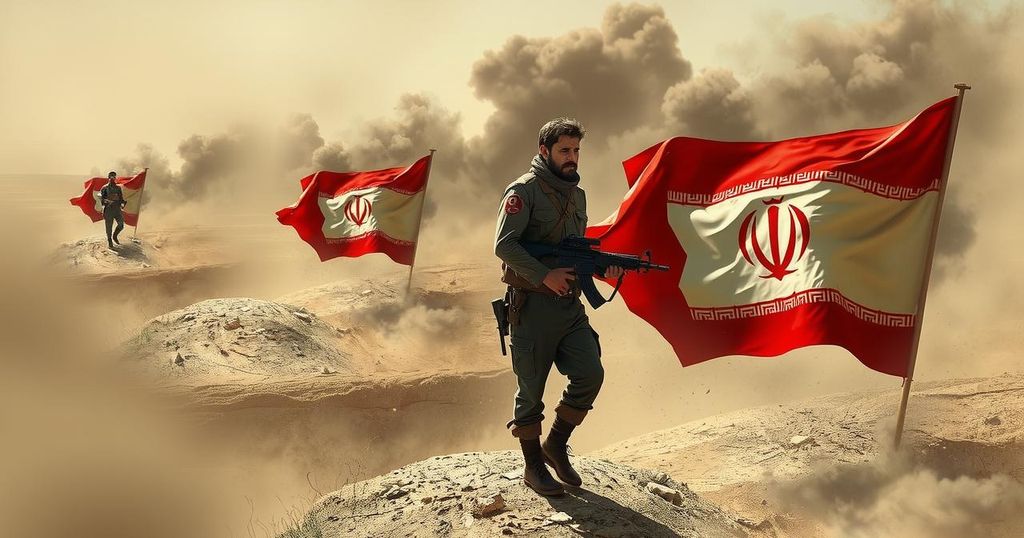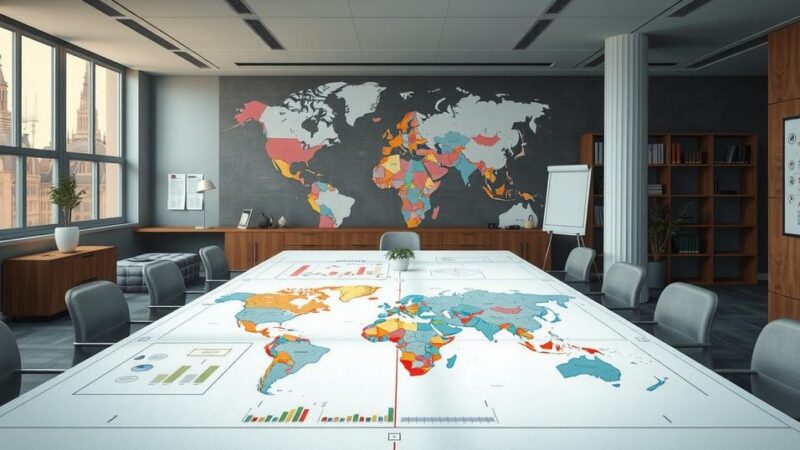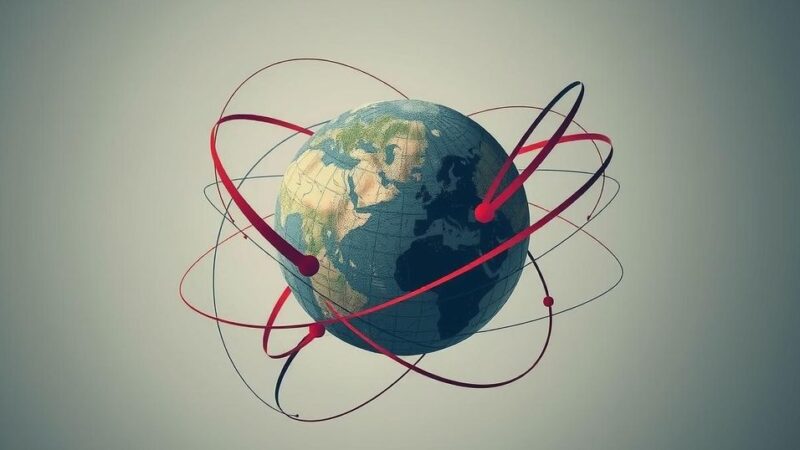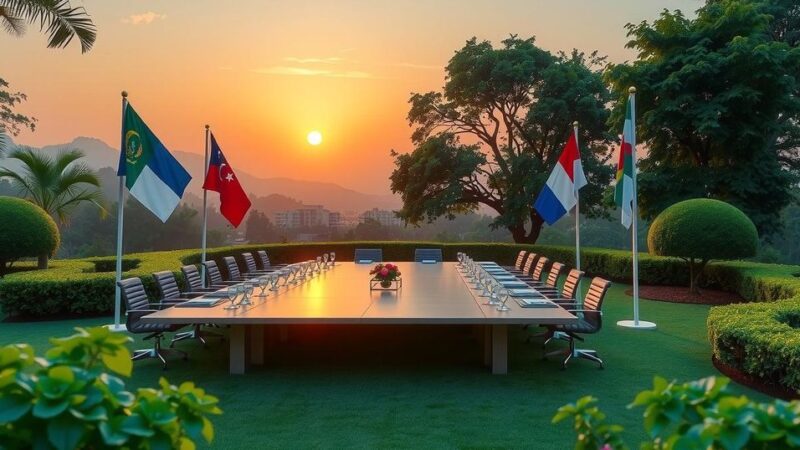The Houthis in Yemen have become a central focus in Israel’s military strategy against Iranian influence. Israel has intensified its airstrikes against the Houthis, while the United Nations voices concern over casualties in the ongoing conflict. The Houthis have shifted their tactics to engage in maritime attacks and drone strikes, challenging not only Israel but international maritime operations, as they assert their military capabilities backed by Iranian support.
Recently, the Houthis in Yemen have emerged as a focal point in Israel’s military strategy against Iran’s influence in the region. Israel has escalated its airstrikes against the Houthi militant group, aiming to dismantle what it perceives as Iran’s “axis of resistance” against its interests. High-profile incidents, including attacks on the Yemeni capital Sana’a during a visit from a UN delegation, spotlight the rising tensions. The United Nations expressed grave concern regarding the increasing casualties stemming from these escalations, indicating the severity of the conflict.
Israel’s operations connect to a broader effort initiated by the United States and allied nations, which launched Operation Poseidon Archer to target the Houthis. Despite these operations, the Houthis have maintained significant operational capabilities. They have adjusted their tactics, engaging in drone strikes and maritime attacks against shipping in the Red Sea, which has disrupted global trade routes. This situation represents a challenge not only for Israel but also for international shipping interests as the Houthis leverage their military capabilities against both American and Israeli forces.
The Houthis have also been able to declare their intention to “stop Israel” as the context of conflict changes with their strengthened position in Yemen, resulting from years of sustained military engagement. They have engaged in recruitment drives, bolstered by Iranian military support, as well as establishing new operational capacities that have brought them international focus. In the wake of their campaign against Israel, they have aligned more closely with other militant groups, such as the Islamic Resistance in Iraq, further entrenching their status within Iran’s regional strategy.
Their role in the ongoing civil war in Yemen has shifted from being primarily defensive to one of aggressive posturing against perceived external threats, particularly Israel, which has reevaluated whether to address the remnants of Iran’s proxy forces in the region. The question remains, however, whether the Houthis will maintain this heightened trajectory against Israel without facing significant repercussions from other regional powers that seek to diminish Iranian influence in the region.
The conflict involving the Houthis in Yemen must be understood against the backdrop of a complex regional landscape marked by Iranian influence and the ongoing tensions with Israel. Throughout 2024, the Houthis have sought to assert their power within Yemen while simultaneously projecting their military capabilities beyond their borders toward Israel. The dynamics of their military engagements are influenced by their historical grievances against Saudi Arabia, their alignment with Iran, and the geopolitical shifts resulting from the recent conflicts in the region. The area has witnessed the weakening of groups like Hamas and Hezbollah, which has amplified the Houthis’ profile as a pivotal player in the Iranian-backed resistance against Israel. Furthermore, the international maritime context surrounding trade routes through the Red Sea and the broader implications for global shipping adds to the urgency of addressing the Houthi threat.
In conclusion, the ascendancy of the Houthis as a significant threat to Israel underscores a recalibration of power dynamics in the Middle East. Their military operations against Israel, supported by Iran and aligned factions, reflect a broader strategy within Iran’s axis of resistance. With increased recruitment and military capabilities, the Houthis are not only challenging Israeli interests but also affecting global trade through their actions in the Red Sea. This marks a critical moment in the ongoing conflicts impacting the region, suggesting that the Houthis may continue to play a central role in shaping future confrontations between Iran and its adversaries, particularly Israel.
Original Source: indianexpress.com






